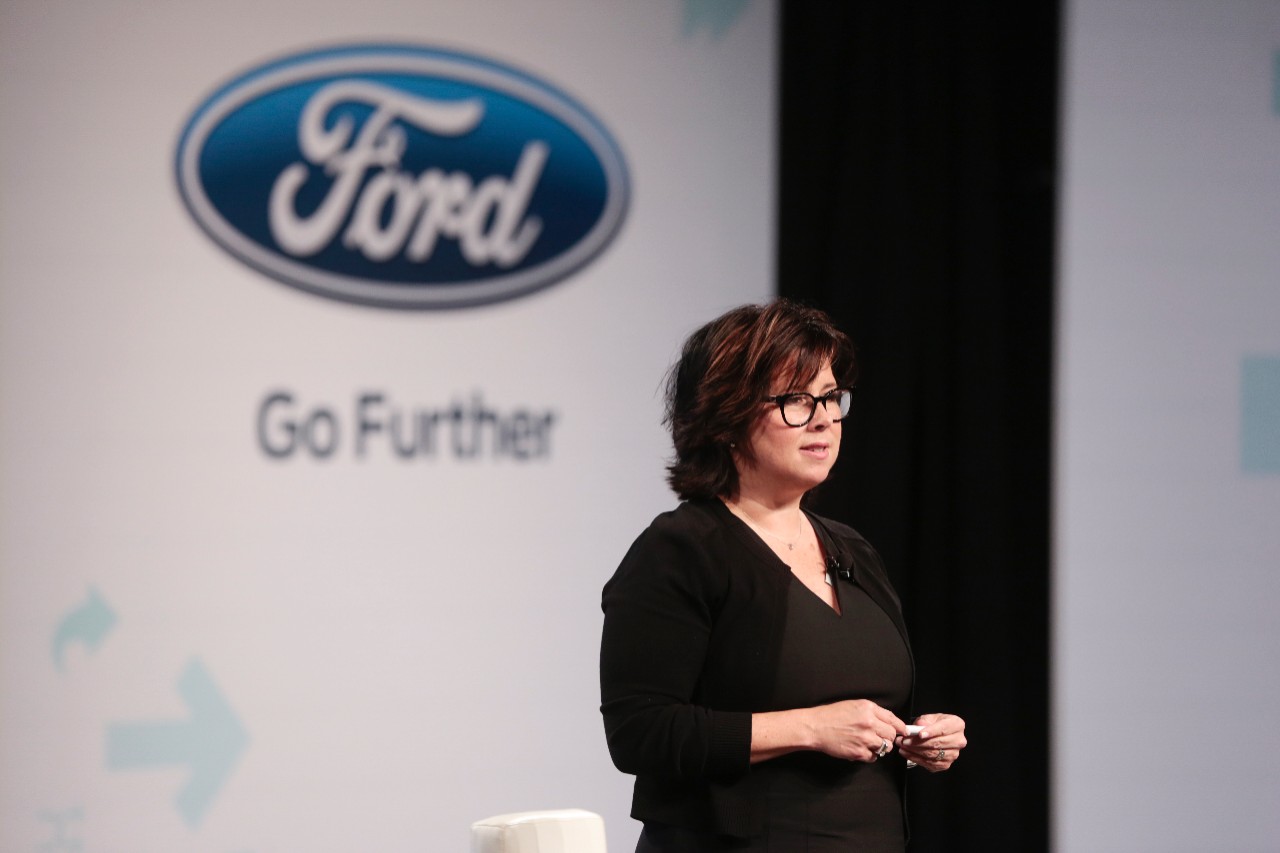 NEWS
NEWS
 NEWS
NEWS
 NEWS
NEWS
Through key investments and acquisitions, the Ford Motor Company is looking for ways to broaden its offering across the entire transportation industry, from van-pooling to bike-sharing and eventually fully autonomous cars. In an attempt to remain viable in an ever-changing automobile industry, Ford’s aim is to be more than an automobile company and make the transition into mobility. It wants to be the answer for customers when tackling ever-increasing traffic while at the same time anticipating what they desire.
Over a hundred years ago, Ford was founded with a mission to make people’s lives better. Fast forward to the current day and Ford is looking at ways the autonomous vehicle can address social, safety and environmental challenges and help improve people’s lives over the next 100 years.
“We are absolutely serious about being an automaker and a mobility company,” said Dr. Ken Washington, vice president of research and advanced engineering at Ford. Washington recently joined theCUBE’s Jeff Frick (@JeffFrick) at the Further with Ford 2016 conference, which took place at the company’s headquarters in Dearborn, Michigan.
While the company’s main focus is on autonomous vehicles, considering the company’s announcement last month that it will produce a fully autonomous car, with no steering wheel, gas or brake pedals by 2021, Ford is also looking at other mobility solutions like bike-sharing and vanpool services.
Ford’s current fleet of cars has driver assist technologies, with future cars offering traffic jam assist and ultimately highway assist. However, the fully autonomous level four vehicles that Ford are currently testing and will have out by 2021, means that “the driver can be completely out of the loop.” The most important reason Ford is doing this is that it “opens up the business to a ride service where you don’t need a driver,” said Washington.
To assist in its quest for fully autonomous vehicles by 2021, Ford invested seed money into 3D maps startup, Civil Maps. Having access to reliable mapping technology is fundamental for any company that has self-driving car ambitions.
However, Ford’s first priority for autonomy, said Washington, is the launch of an autonomous shuttle service for its employees at the Dearborn campus by 2018.
When it comes to autonomous vehicles, apart from the cars and the technology, there are also the many regulations that need to be met. Washington spoke about the Self-Driving Coalition for Safer Streets initiative who Ford, together with other giants in the self-driving market including Google, Uber, Lyft and Volvo, formed in April. The initiative will work with both lawmakers and regulators, as well as the general public to ensure the safety and societal benefits of self-driving vehicles are met.
Watch the full interview with Washington below.
“We are breaking out of our comfort zone,” states Sheryl Connelly (pictured) manager of Ford’s global trends and futuring, during an interview with theCUBE’s Jeff Frick at Further with Ford. While the company will always make cars, trucks, etc. it also wants to help customers figure out how they get from one point to another, which could include things like renting a bicycle or using a ride-sharing shuttle. Connelly said that Ford wants to be able to provide the answer.
Earlier this year, the company launched the Ford Smart Mobility group, whose focus is to invest in and develop mobility services and technology. Its first acquisition of San Francisco crowdsourced shuttle app Chariot took place earlier this month.
In an attempt to help solve traffic congestion, the acquisition of Chariot will form the cornerstone of the company’s new global shuttle services business. The Chariot shuttle service, which currently operates in the San Francisco Bay Area, will be expanded to five additional markets over the next 18 months. The 28 routes in San Francisco are crowd-sourced, but in the future, Ford will use algorithms to map efficient routes to meet the real-time mobility needs of customers.
Staying in the Bay area, Ford also recently announced the launch of its Ford GoBike bike-sharing service with the aim of adding new bike-sharing stations and 7,000 new bikes in the area by 2018.
When talking about autonomous driving, Connelly said, “There’s no way to overestimate the impact it will have on society as a whole.” This will ultimately mean a reduction in, or no, road fatalities, no more drunk driving incidents, no distracted driving etc.
Watch the full interview with Connelly below.
For more information about Ford’s move into mobility, you can also watch theCUBE’s interview with James Buczkowski, director of electrical and electronics systems in research and advanced engineering at the company.
Support our mission to keep content open and free by engaging with theCUBE community. Join theCUBE’s Alumni Trust Network, where technology leaders connect, share intelligence and create opportunities.
Founded by tech visionaries John Furrier and Dave Vellante, SiliconANGLE Media has built a dynamic ecosystem of industry-leading digital media brands that reach 15+ million elite tech professionals. Our new proprietary theCUBE AI Video Cloud is breaking ground in audience interaction, leveraging theCUBEai.com neural network to help technology companies make data-driven decisions and stay at the forefront of industry conversations.